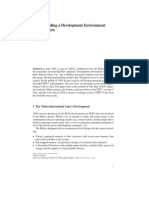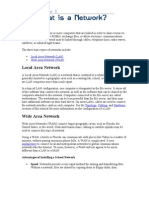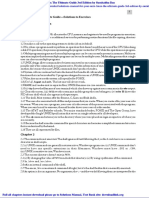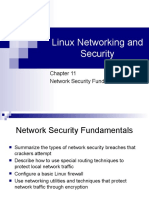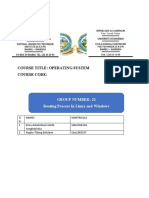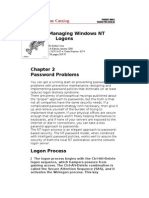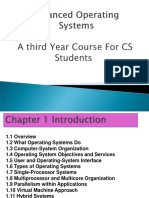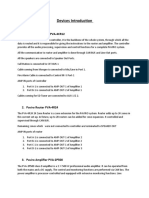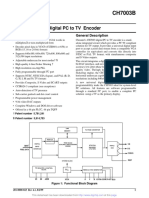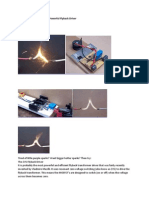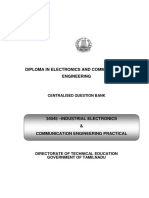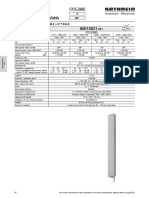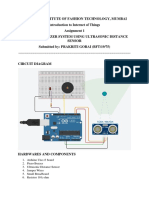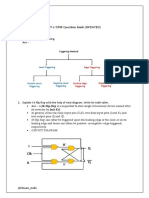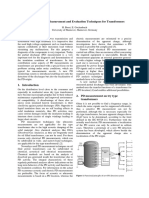OPERATING SYSTEM
CLASSIFICATION
4.2 pg 144
INTERACTIVE OPERATING SYSTEM: Operating system where the computer and
user are in two way direct communication
REAL TIME OPERATING SYSTEM: Inputs processed in a timely manner so
outputs can affect the input source.
NETWORK OPERATING SYSTEM: a layer of software is added to the OS of a
computer in Network. This intercepts commands that reference resources
elsewhere e.g. a file server.
SANDBOX: a tightly controller set of resources for guest programs to run in.
EMBEDDED COMPUTER SYSTEM: a dedicated computer system with limited
user interface designed to operate from within other machinery.
DESKTOP OS: an OS that allows user to carry out a range of general purpose
tasks
CLIENT-SERVER SYSTEM: a system in which some computers (clients) requerst
services from servers
SERVER OS: optimised to provide one or more specialised services to network
clients
DEFINITIONS
- user directly interacts with the system to supply commands
and data
- provides 2 way direct communication
INTERACTICE OS
- inputs processed in a timely manner
FOUR REQUIRESMENTS
- have to support application programs which are non sequential
- have to deal with a number of events which happen in parallel
- they have to carry out processing and produce response in a realistic
time interval
- some systems are safety critical, so they must be a fail safe and
guarantee a response within a time interval.
RTOS are used to control machinery, they have limited user interface and
no end user utilities. Example: aircraft landing software. RTOS manage the
resources of a computer so that an operation executes in precisely the
same amount of time every time it occurs.
REAL TIME OS
- layer of software is added to the OS. This interceptws
commands that reference resources on the network.
- Redirects the request to the remote resource in a manner
completely transparent to the user
- allows files resident on a server to be available to the client
pc. E.g remote harddrives.
- a network OS may support interaction.
NETWORK OPERATING SYSTEMS
In any computer operated device that has an OS, there is
usually a way to make changes to how the device works by
changing the code of the operating system.
OS ALLOWS:
Multitasking
Can operate in real time with critical timing constraints
The hardware can be changed or upgraded without the need to
change application code
New applications can be added easily
Application can be developed in situ on device
Entire OS can be replaced by a different OS
DEVICE
- need to run complex operating system, providng a
standardised interface and platform for application developers
Most use identifiable an dopen OS with ability to add apps,
however regular mobile phones only support SANDBOXED
apps.
Provides a controlled set of resources for guest programs to run
in, such as scratch space on disk.
SMARTPHONES
Hand helf portable computer that can accomplish specifit
tasks role of a personal assistant
OS have to meet different requirements from OSs on Pcs.
Takes on the basic input output (BIOS) task designed to run on
low clock frequency processors.
PDA (PERSONAL DIGITAL
ASSISTANTS)
A dedicated computer system with limited interface designed
to run autonomously from within other machinery.
EMBEDDED COMPUTER SYSTEMS






